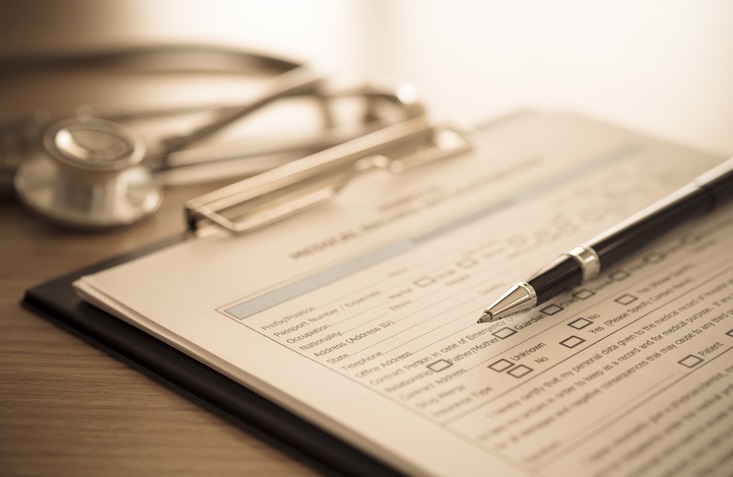If you or one of your travelers ever need emergency medical transportation from On Call International – whether it’s a commercial evacuation with one of our Rescue Nurses or privately via air ambulance – a set of medical documents will be required to ensure your safe transport. These documents (in On Call’s lingo, ‘initial letters,’) may seem overwhelming at first, but, the documents aren’t meant to overload you with paperwork. Rather, having these documents completed by your treating physician provides us with the most up-to-date, relevant medical information and recommendations so that we can ensure you get the proper care during a medical transport.
We asked our Chief Medical Officer, Dr. William Siegart, to share his insights regarding these medical forms. “More often than not, we agree with the treating physician’s travel and transport recommendations. However, not all physicians have experience with air medical transport practice (also known as “flight medicine”). Our recommendations for the timing and method of medical transportation take into consideration the treating physician’s recommendations as well as the patient’s unique situation, our expertise and experience, and international air transport guidelines.”
Our doctors and nurses, who have training in flight physiology and air medical transport, specifically assess whether traveling in an airplane could negatively affect a patient’s medical condition, overall health, safety, or welfare. Air travel has the potential to impact things such as pre-existing medical conditions, recent illness or injury and/or ongoing injury or illness. Before an anticipated flight, our team must confirm a patient’s condition has reached a point such that they can travel safely—this includes evaluating whether the patient’s condition could affect flight operations or if there is a chance he/she could be denied boarding by the airline (when traveling commercially).
“We evaluate for the potential impact of a multitude of factors when a patient travels with acute and pre-existing medical conditions,” Dr. Siegart continued. “One of the major things we evaluate is the fact that there is decreased air pressure in the aircraft cabin. The cabin air pressure ranges between the altitude equivalent of 6,000 and 8,000 feet. The air is ‘thinner’ than sea level altitude, and the reduced available oxygen leads to decreased oxygen in the blood and can adversely affect a patient’s health and medical status in flight. Other factors we evaluate include, but are not limited to: air quality, mobility, ongoing treatment needs (medications, the need for oxygen administration, wound care), positioning requirements, and pre- and post-flight stressors. ”
As you can see, the medical documentation we require to prepare for medical transport is not about creating extra hurdles, delaying care or complicating the return home—it’s critical to ensuring travelers receive the care they need, when they need it, so they can get home as safely and as quickly as possible. We hope this blog helps explain the importance and necessity of medical documentation, but if you still have questions or concerns, please don’t hesitate to contact us anytime.
Want to learn more?
On Call’s clients are encouraged to consult with us for the most up-to-date information on their destinations and recommendations around risk prevention and travel health planning. For everyone else, please feel free to get in touch with us for more information, as well as how On Call can help protect your travelers with our customized travel risk management and assistance programs.
For over 25 years, On Call International has provided fully-customized travel risk management and global assistance services protecting millions of travelers, their families, and their organizations. Contact us today and watch our video to learn more. You can also stay in touch with On Call’s in-house risk management, travel health and security experts by signing up for our quarterly Travel Risk Management (TRM) newsletter.



